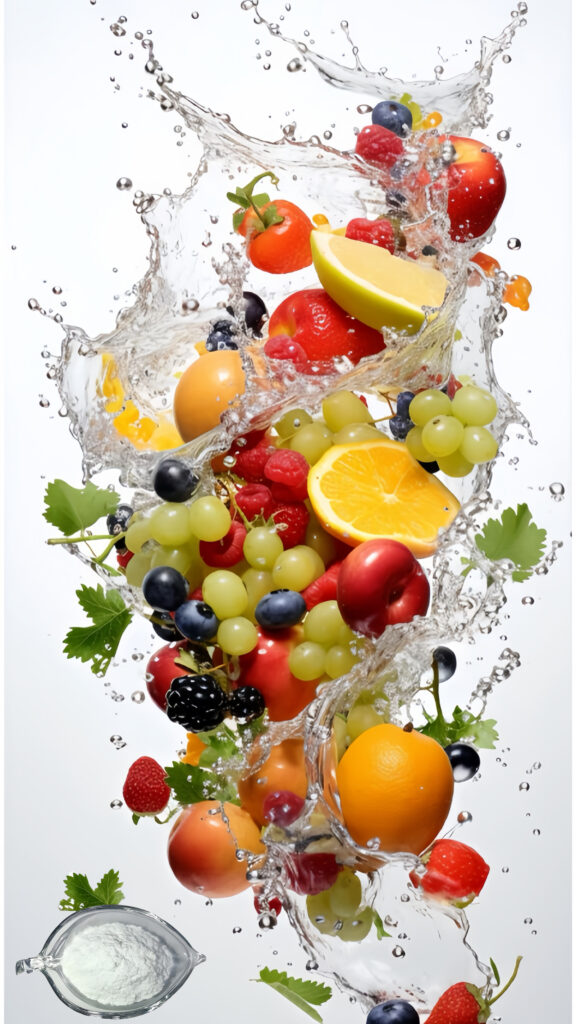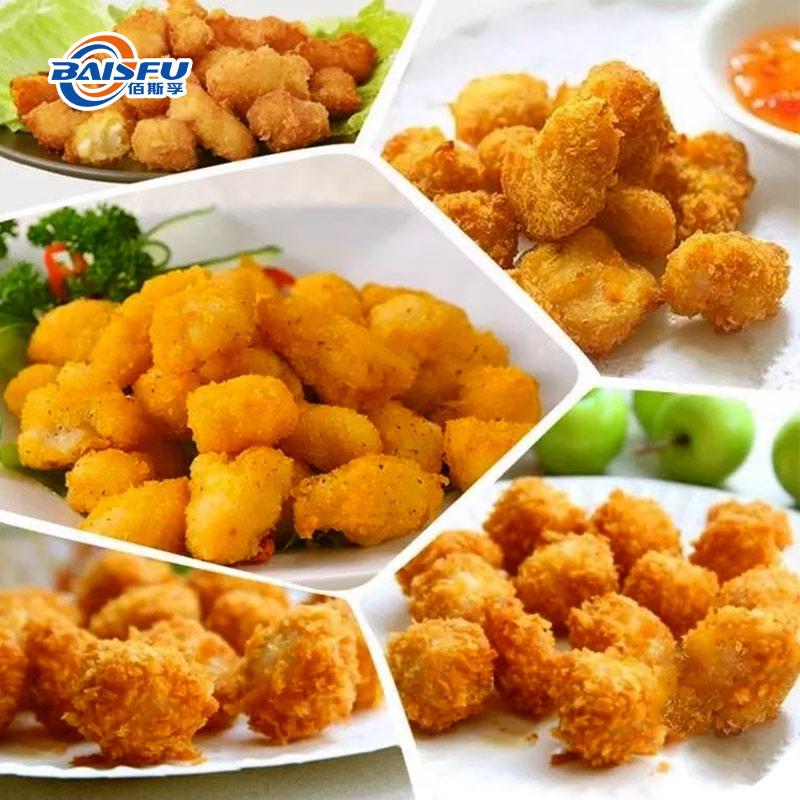What are the Market Prospects of Food Flavorings?
As an important component of food additives, the market prospects of food flavorings are closely related to the development of the food industry, changes in consumption trends and technological innovations. The following is an analysis of the main prospects and trends in the food flavoring market:
I. Core Factors Driving Market Growth
1. Consumption upgrade and diversified demands
Consumers’ demands for the flavor and texture of food are constantly increasing, which has driven the growth of the application demand for food flavorings in processed foods such as beverages, baked goods, snacks, and dairy products.
Emerging consumption scenarios (such as ready-to-eat meals, plant-based foods, and functional foods) require customized flavoring solutions to enhance product appeal.
2. Trends of health and naturalization
The rising demand for “Clean labels” and natural ingredients has driven the rapid growth of the market for natural flavors (such as plant extracts and fermented flavors).
Artificial synthetic flavors may face stricter regulatory restrictions, but the research and development and production technologies of natural flavors (such as biological fermentation and enzymatic hydrolysis technologies) will receive more investment.
3. Technological innovation and functional expansion
Microcapsule technology: Enhances the stability and sustained-release effect of flavors, and extends the shelf life of food.
Biotechnology: Producing natural essences through microbial fermentation or cell culture, reducing costs and enhancing sustainability.
Flavor blending technology: Meeting complex flavor requirements (such as plant-based alternatives that simulate meat and dairy products). 5. The explosion of plant-based foods
Products such as plant-based meat and plant-based milk require flavorings to imitate the flavors of animal-based foods, promoting the research and development of related flavorings (such as soy hemoglobin and vegetable fat flavors).

Outlook on Future Trends
Customization and regionalization: Develop customized products based on the taste preferences of different regions (such as the preference for spiciness in Southeast Asia and sweetness in Europe and America).
2. Sustainable and environmentally friendly production processes (such as reducing solvent usage) and traceable raw material supply chains will become the key to competition.
3. Cross-industry fusion of flavorings and functional ingredients (such as probiotics and collagen) to develop products that combine flavor and health benefits.
4. Digital R&D utilizes AI and big data to accelerate flavor design, predict consumption trends, and shorten the product development cycle.

Outlook on Future Trends
Customization and regionalization: Develop customized products based on the taste preferences of different regions (such as the preference for spiciness in Southeast Asia and sweetness in Europe and America).
2. Sustainable and environmentally friendly production processes (such as reducing solvent usage) and traceable raw material supply chains will become the key to competition.
3. Cross-industry fusion of flavorings and functional ingredients (such as probiotics and collagen) to develop products that combine flavor and health benefits.
4. Digital R&D utilizes AI and big data to accelerate flavor design, predict consumption trends, and shorten the product development cycle.

